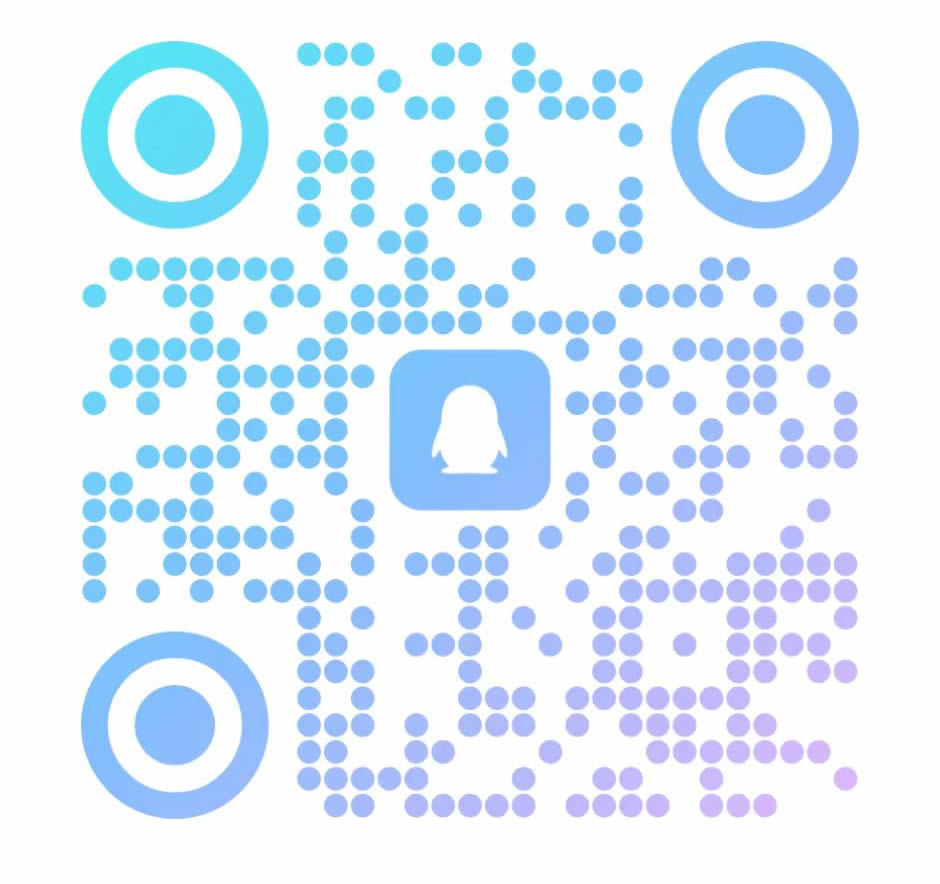iBeacon 是苹果公司在 iOS 7 中推出的一种近场定位技术,可以感知一个附近的 iBeacon 信标的存在。
当一个 iBeacon 兼容设备进入/退出一个 iBeacon 信标标识的区域时,iOS 和支持 iBeacon 的 app 就能得知这一信息,从而对用户发出相应的通知。
timg.jpg
iBeacon的应用场景:
当使用者走进某个博物馆时,会扫描到一个 beacon。这个 beacon 有三个标志符,proximityUUID 是一个整个博物馆统一的值,可以用来标识这个博物馆。major 值用来标识特定的展馆,比如唐代展馆,汉代展馆等等。minor 值标识了特定的一个位置的 beacon,例如定位到使用者正在唐代展馆的唐三彩展品的位置。
这时博物馆的 app 会被系统唤醒,app 可以运行一个比较短的时间。在这段时间内,app 可以根据 beacon 的属性查询到使用者的地理位置(通过查询服务器或者本地数据),例如在唐代展馆的唐三彩展品位置,之后就可以通过一个 local notification 推送这件展品的简介。用户可以点击这次 local notification 来查看更详细的信息,这样一次导览行为就完成了。
iBeacon的使用:
Talk is cheap, show me the code!下面就来讲一下在iOS开发中如何使用iBeacon
1、iBeacon的使用是基于蓝牙和定位的,所以我们需要先到入两个库:
#import
#import
在iOS8之后,苹果改变了定位的开启方式,需要在plist文件中加入字段NSLocationAlwaysUsageDescription(允许一直开启定位)
1863665-e0183a69ab206a86.jpg
2.遵守CLLocationManager代理以及声明对象:
#define MY_UUID [[NSUUID alloc]initWithUUIDString:@"E2C56DB5-DFFB-48D2-B060-D0F5A71096E0"] // MY_UUID为beacon的UUID,iOS只允许接收指定UUID的beacon信号。
#define MY_REGION_IDENTIFIER @"DOOKAY-REGION" //MY_REGION_IDENTIFIER自定义区域标识。
@interface BeaconViewController : UITableViewController
CLLocationManager *_locationManager; //位置管理
CLBeaconRegion *_region; //beacon区域
NSArray *_detectedBeacons; //存放接收到的beacons
}
3.初始化对象:
// 初始化位置管理
- (void) initLocationManager{
if (!_locationManager) {
_locationManager = [[CLLocationManager alloc] init];
_locationManager.delegate = self;
[self checkLocationAccessForRanging];
}
}
// 初始化接受beacon数组
- (void) initDetectedBeaconsList{
if (!_detectedBeacons) {
_detectedBeacons = [[NSArray array] init];
}
}
// 初始化beacon区域
- (void) initBeaconRegion{
if (_region)
return;
NSUUID *proximityUUID = [[NSUUID alloc] initWithUUIDString:MY_UUID];
_region = [[CLBeaconRegion alloc] initWithProximityUUID:proximityUUID identifier:MY_REGION_IDENTIFIER];
_region.notifyEntryStateOnDisplay = YES;
}
//检查当前是否有获取locaiton的权限
- (void)checkLocationAccessForRanging {
if ([_locationManager respondsToSelector:@selector(requestWhenInUseAuthorization)]) {
[_locationManager requestWhenInUseAuthorization];
}
}
4.开始扫描:
- (void) startBeaconRanging{
if (!_locationManager || !_region) {
return;
}
if (_locationManager.rangedRegions.count > 0) {
//当前已经存在扫描的region
return;
}
[_locationManager startRangingBeaconsInRegion:_region];
}
//Location manager delegate method
//startRangingBeaconsInRegion的异步回调函数
- (void)locationManager:(CLLocationManager *)manager didRangeBeacons:(NSArray *)beacons inRegion:(CLBeaconRegion *)region{
if (beacons.count == 0) {
//count为0,表示没有搜到信号
NSLog(@"No beacons found nearby.");
} else {
_detectedBeacons = beacons;
}
}
5.获取beacons信息:
//将beacon的信息转换为NSString并返回 (具体参数在文末详细解释)
- (NSString *)detailsStringForBeacon:(CLBeacon *)beacon
{
NSString *format = @"%@ • %@ • %@ • %f • %li";
return [NSString stringWithFormat:format, beacon.major, beacon.minor, [self stringForProximity:beacon.proximity], beacon.accuracy, beacon.rssi];
}
//返回beacon的距离
- (NSString *)stringForProximity:(CLProximity)proximity{
NSString *proximityValue;
switch (proximity) {
case CLProximityNear:
proximityValue = @"Near";
break;
case CLProximityImmediate:
proximityValue = @"Immediate";
break;
case CLProximityFar:
proximityValue = @"Far";
break;
case CLProximityUnknown:
default:
proximityValue = @"Unknown";
break;
}
return proximityValue;
}
6.停止扫描
- (void) stopBeaconRanging{
if (!_locationManager || !_region) {
return;
}
[_locationManager stopRangingBeaconsInRegion:_region];
}
经过上述的步骤,运行project并打开手机的蓝牙功能,就可以搜索周围的beacon并输出count和信息。并进行相应的处理。
iBeacon的参数:
uuid: 唯一标识,唯一标识此类iBeacon
major: 主要值
minor: 次要值
主要值与次要值能够使你区分使用相同UUID的不同iBeacon设备。(在将手机模拟为iBeacon广播时,可将一些信息作为major或者minor广播)注意major与minor为16 位无符号整数。
proximity: 远近范围,包含三种情况:
CLProximityFar 10米以外
CLProximityImmediate 几米范围之内
CLProximityNear 几厘米范围内
rssi: 信号强度,为负值,越接近0表示信号强度越大,距离越近




 公安备案:皖公网安备34019102000119号
公安备案:皖公网安备34019102000119号 